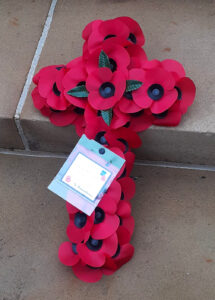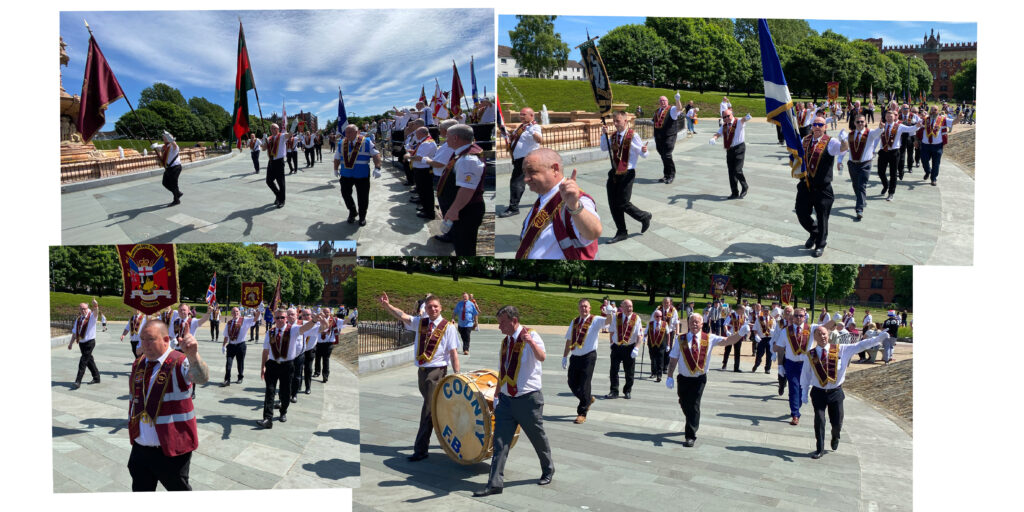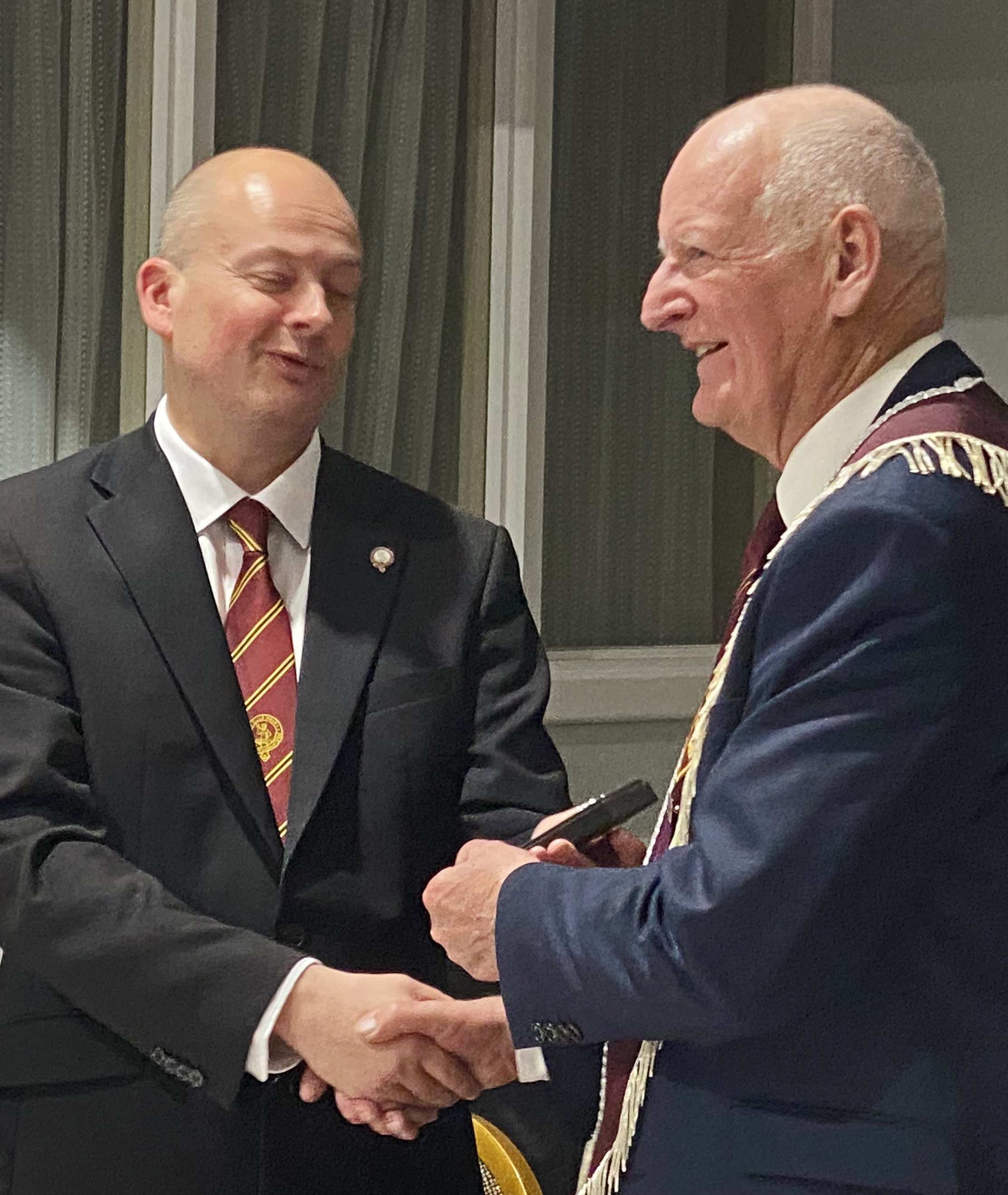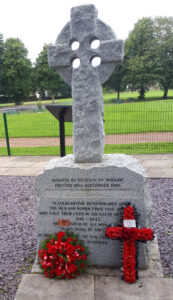The Annual Remembrance Sunday at the National Cenotaph in London was a much smaller, though no less poignant, event in 2020.
Very much scaled back Acts of Remembrance took place at War Memorials and Cenotaphs across the UK, at the weekend and today, the 11th November, without crowds and with numbers attending severely restricted within Official Covid guidelines and regulations.
For Apprentice Boys, in Londonderry, Officers of General Committee and a representative of each of the Parent Clubs laid a wreath at the War Memorial in the Diamond on Saturday 7th at 11am. Gordon McMorris, President, representing the Murray Club.

Today, on the 11th November, wreaths were laid in `Greenock at the War Memorial, Wellpark, by Vice President, Bro Robert Lamont, and Past President and SAC Worthy Chairman, Bro Thomas Porteous.


Further south, wreaths were laid at Horwich and in Manchester by Lancashire & Cheshire Murray Club.


Acts of Remembrance honour all those who served, and remember the Fallen in all war and conflicts. Sometimes it is difficult to think of ‘all‘, but the challenge and sacrifice of the many can often be best expressed in an individual story. In comments at the Wishaw Murray Remembrance on Saturday past, the Club President Alan Love, spoke of the experience of one who served:
Today gives us an opportunity to pay tribute to the father of one of our members Bro Charles Kelso. Gunner Kelso served with the 155th Lanarkshire Yeomanry. In March 1941, he sailed from the River Clyde with the 155th bound for India in preparation for a spell in the North African Desert against Rommel’s Afrika Corps. However in August due to the increasingly warlike aggression of the Japanese, they were instead sent to Malaya. When the Japanese invaded the Malayan Peninsula the 155th were thereafter continually in action until the fall of Singapore on 15th February 1942.
After the fall of Singapore the men of the 155th were to suffer dreadfully as Prisoners of War to a cruel and ruthless enemy. Many of the men of the 155th were to suffer and die in the bowels of the deadly Kinkaseki Copper Mine on Taiwan. More men of the Regiment died as POWs than those who fell in action.
Gunner Frank Kelso was a prisoner in the notorious Kinkaseki POW Camp on Taiwan now recognised as being one of the worst in the Far East, where POW were subjected to the most inhumane treatment imaginable, being forced to slave in the deep, dark depths of a copper mine that was extremely hot and dangerous. The food was insufficient which led to many types of disease resulting from lack of food and vitamins. Dysentery, pellagra, beri beri, ulcers, pneumonia, diphtheria and many other ailments took their toll on the men. Add this to the lack of medicines, while those medicines that were available were often withheld by the Japanese, making it extremely difficult for the medics in the camp to keep the men alive.
Many men died in the camp and when others became too sick and weak to work in the mine they were moved out to other camps. Gunner Kelso’s health was so bad in Kinkaseki POW Camp that in 1943 he was moved to Taihoku 6 where he remained until after the war. Of the 500 prisoners in Taihoku 6, 74 died as POW.
Gunner Frank Kelso, an unsung local hero.
Bro Murray Douglas Dunbar laid a wreath on behalf of Wishaw Murray Club.


Murray Club Roll of Honour

In memory of many, in honour of all.





















